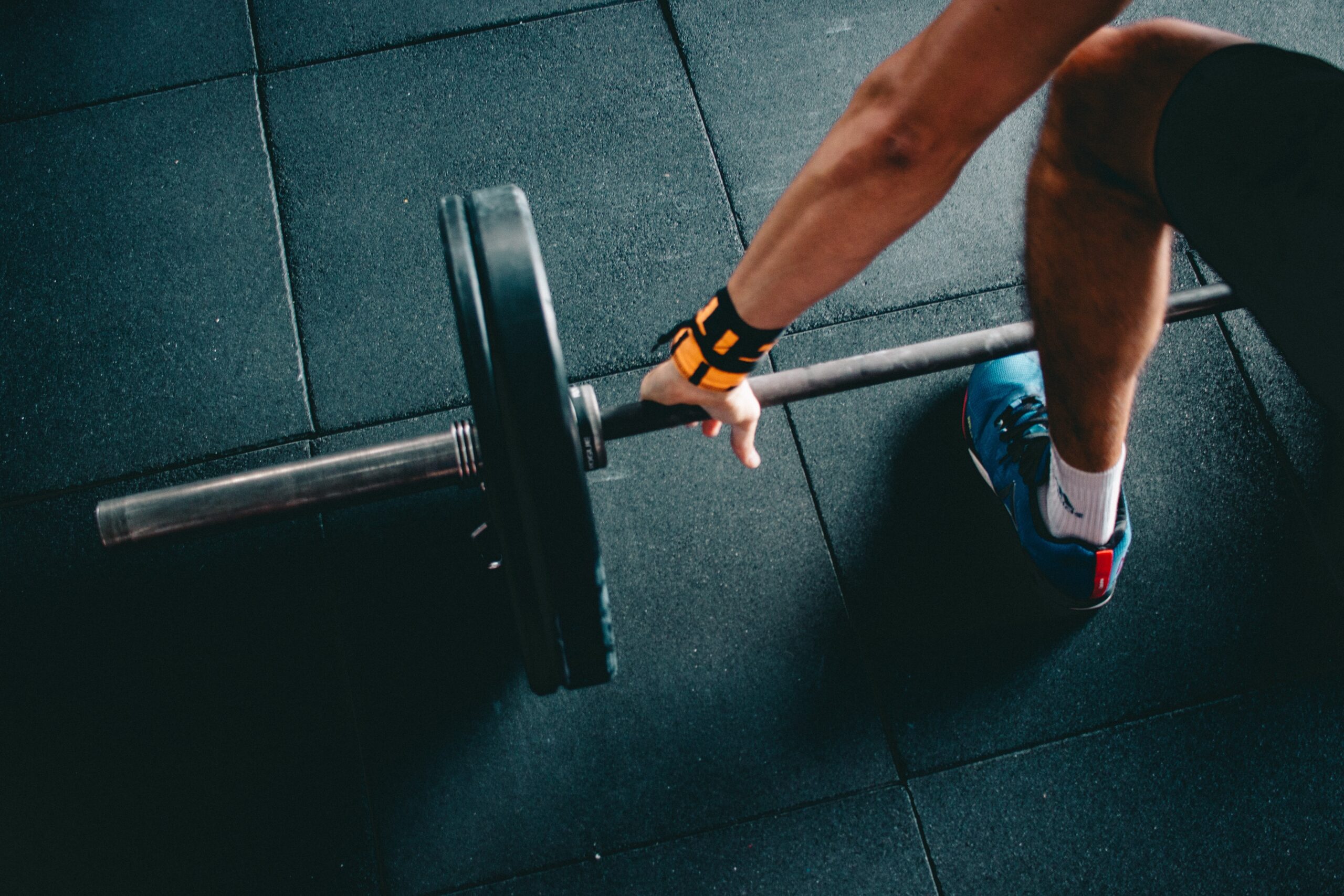Olympic lifting has long been a popular component of team sports’ strength and conditioning programs. There are great benefits to gain from it. It trains the triple extension movement effectively, which is the basis for many athletic actions. It also teaches an athlete to produce and increase their ability to produce power. Additionally it can help athletes build muscle, become more agile, and improve functional mobility.
So what’s the problem? In short these lifts are sometimes too technical for a team setting. For an athlete to really benefit from them they must be reasonable proficient in executing them. In a team environment there is usually a big spread in technical ability and experience. There are also a lot of individual needs and scenarios which make technical lifts problematic. These lifts require significant time to be focused on them in order to teach and learn the movement. Additionally, mobility can often be an issue that needs to be addressed first before an athlete can attempt new lifts.
There is a theory referred to as “Physical Literacy” it relates to how we learn to move in our early years and how coordinated we become. Some of us are more physically literate than others. It is usually the product of having more practice or experience. Children who played a wider variety of sports tend to be more well rounded in terms of movement and adapt to new skills quickly. We cannot assume all players are at a similar level, so constructing a team-based program there must be compromise. In some cases we have the time to develop players and teach them new skills, other times we only have a few weeks to prepare them for a coming season.
Time and experience must be considered when building Olympic lifts into a team program. Getting the best “bang for your buck” is the preferred approach when choosing exercises. Often when we have a short time frame and sticking to the basics is a more effective approach. Jump training covers achieves most benefits, and with a fraction of the skill requirements. It can be quite easy to spot a “muscle clean” over a fast and technically sound clean. This is what we try to avoid as there is no benefit to performing inefficient lifts.
As with any type of training, a logical progression must be in place. The mistake is when people try to rush things. We would rather have athletes do ten minutes of skill practice with just a bar and then some jump exercises, than a full session of sloppy Olympic lifts. There is a time and place for every exercise. The key is to narrow a program down to what’s effective, then look at adding things in the offseason when there is more time to give direct attention to weaknesses.
